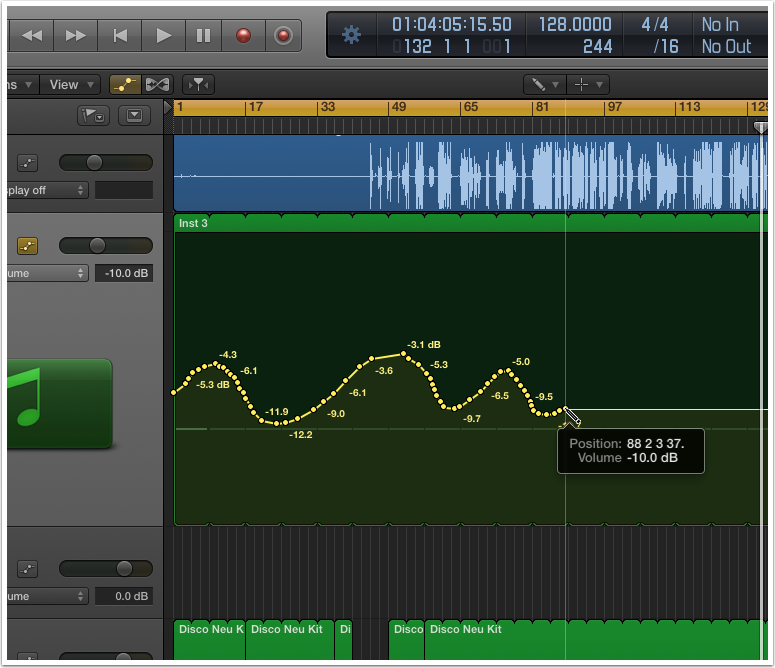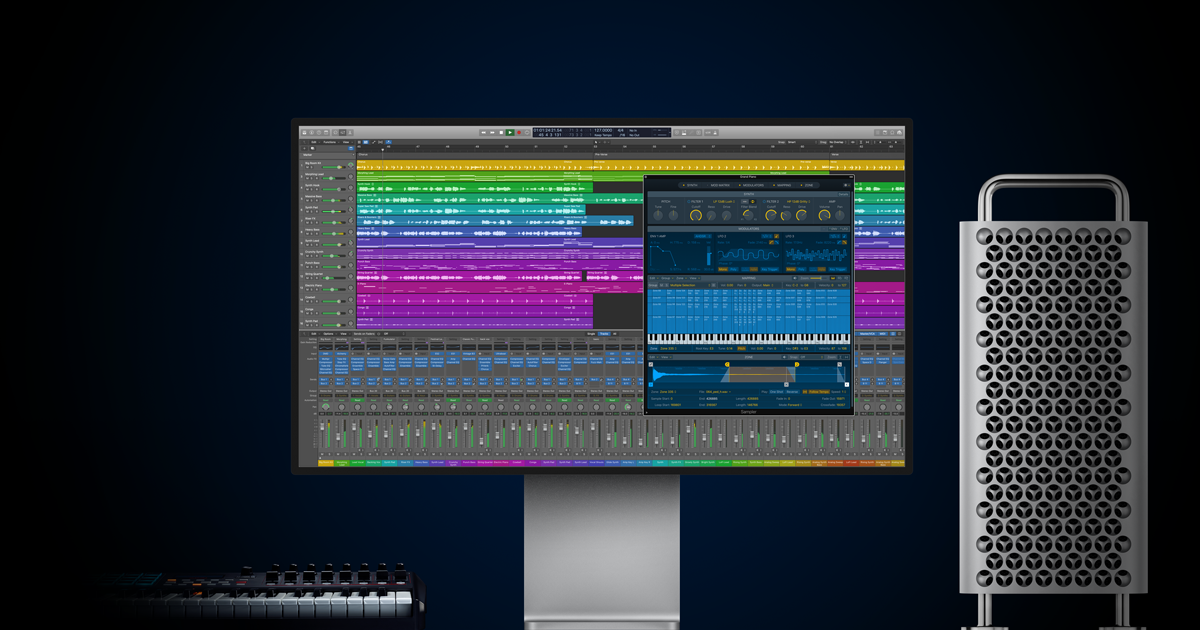


Turning down the instrument in the mix, therefore, will result in correspondingly less reverb being applied. In the example of reverb, the bus sends default to a post-fader application, so that the reverb is applied after the fader level is established. The use of bus sends for headphone mixes highlights the difference between pre-fader and post-fader bus sends. A singer, for example, might need to hear their vocal loudly in the mix, or a piano-heavy mix to help with their intonation, whereas the control room will usually want to hear a more musical balance. First of these is the lost art of dedicated headphone mixes, where musicians hear a distinct and separate version of the track to the monitor mix heard in the control room. Moving beyond the application of reverb, bus sends can perform a range of additional production and mixing tasks. In the case of reverb, for example, the fader almost becomes a means of pushing the instrument further back in the acoustic space – the higher the fader, the further from you the instrument becomes. Obviously, the Sends on Faders option makes it much easier to fine-tune precise send levels (between -1dB and -1.5dB, for example), but its biggest advantage is the ability to visualise the ratio between instruments. Rather than setting the effect level using the small bus send controls, Logic flips the main faders so that they work as the send levels. One useful feature for setting the amount of effect applied is the Sends on Faders option. Effects (like reverb or delay) then inserted on this aux channel will be applied to all the instruments using the bus sends, at an amount defined by the bus send level – the greater the bus send level, the greater the amount of effect. When you create a bus send, Logic will create an accompanying aux channel, which becomes the destination point for all the respective bus sends. If you intend to have multiple channels sharing the same reverb, it’s worth shift-clicking the faders so that the bus send is inserted into all the channels at once. Used an insert, only a single channel can access the plug-in and, in most cases, there isn’t any interest in setting a wet/dry ratio.īus sends can be inserted into your mixer using the send slots, found just above the channel’s output assignment. This contrasts with the application of an effect such as EQ that is placed as an insert across a single channel strip. In simple terms, bus sends are most commonly used as a means of applying send effects like reverb and delay – treatments that might want to be shared over multiple tracks or instruments, as well as setting a mix between ‘wet’ and ‘dry’ signals (or effected and un-effected, in other words). In this workshop, therefore, we take a ‘back to basics’ look at what bus sends and aux channels can offer and why a more refined application can benefit your production.
#LOGIC PRO HELPLINE FULL#
Like many aspects of Logic, though, it’s easy to overlook the full functionality of what buses and aux channels have to offer, or indeed, the various new features that have been added to the use and application of bus sends and aux channels that can really aid your workflow. Bus (also spelt buss) sends and aux channels are an essential part of working with Logic’s mixer, covering everything from custom headphone mixes through to reverb and other forms of ‘parallel’ effects processing.


 0 kommentar(er)
0 kommentar(er)
